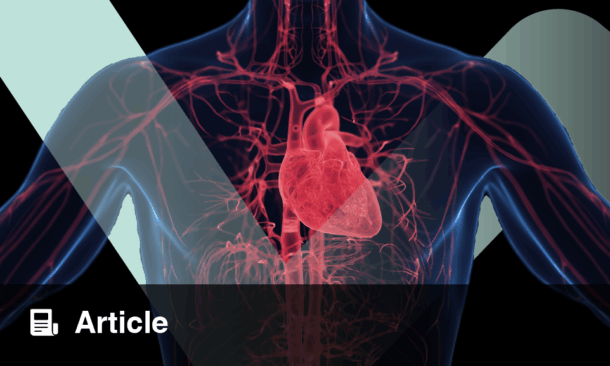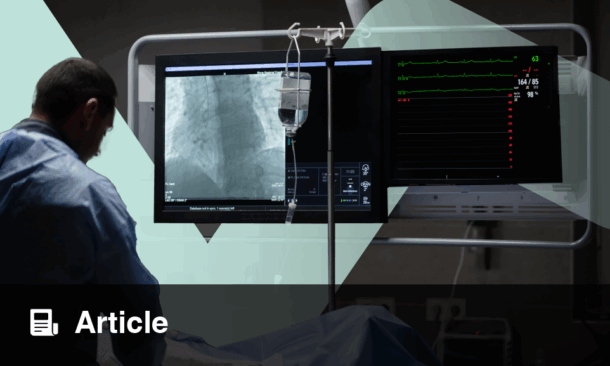BACKGROUND AND AIMS
Radial artery (RA) access is the gold standard for vascular access in modern interventional cardiology. For some patients undergoing transradial angiography (TRA), cannulating the radial artery can be painful and may lead to significant vasoconstriction, thus precipitating radial artery spasm (RAS). Risk factors for RAS include female sex, smaller radial artery diameter, multiple puncture attempts, RA anomalies, moderate-to-severe pain during cannulation, and several other factors.1-4 This phenomenon is clinically relevant since the onset of significant RAS can result in a delay or prolongation of the index procedure, radial artery occlusion, inability to advance the catheter and coronary equipment, crossover to the femoral approach, and ultimately procedural failure. On the other hand, topical solutions such as nitroglycerine and lidocaine can effectively induce local radial artery vasodilation without altering systemic blood pressure and patient haemodynamics.5 Previous studies suggested the relevant effect of topical solutions on RAS decrease; however, results were inconclusive due to the low number of studies, limited sample size, and large heterogeneity across studies.6 This meta-analysis aimed to investigate whether applying topical premedication before RA puncture reduces the occurrence of RAS in patients undergoing TRA for suspected or established stable coronary artery disease (CAD), compared to the standard practice of subcutaneous lidocaine infiltration.
MATERIALS AND METHODS
A cumulative meta-analysis was conducted, including six randomised controlled or prospective non-randomised placebo-controlled trials identified in the literature, focusing on patients with stable or suspected CAD. All patients underwent TRA to identify and characterise their coronary anatomy and disease burden. The primary outcome was the odds ratio (OR) of radial artery spasms occurring during, or shortly after, RA cannulation. The effect measurement for RA spasmwas determined using ORs with 95% confidence interval, and a fixed-effects statistical algorithm. The analysis utilised Cochrane’s Review Manager software (RevMan, version 5.4, The Cochrane Collaboration, 2020, London, UK).
RESULTS
A total of 1,365 patients were included in the six studies, with 687 patients in the experimental group and 678 in the control group. RAS occurred in 5.8% of cases in the experimental group (use of topical medications), compared to 9.7% in the control group. This demonstrated a significant reduction in the likelihood of RAS with the use of topical premedication compared to standard lidocaine infiltration alone (OR: 0.55; 95% CI: 0.36–0.84; P=0.005). The data indicated very low statistical heterogeneity among the included studies (χ2: 5.15; Higgins I2: 3%; P=0.403).
CONCLUSION
The current meta-analysis revealed that preprocedural applications of topical medications significantly reduces the odds of radial artery spasm by 45% compared to standard lidocaine infiltration alone. Thus, this approach may be a feasible, safe, and effective method for preventing radial artery spasms in patients with stable or suspected CAD undergoing TRA, thereby enhancing procedural success.







